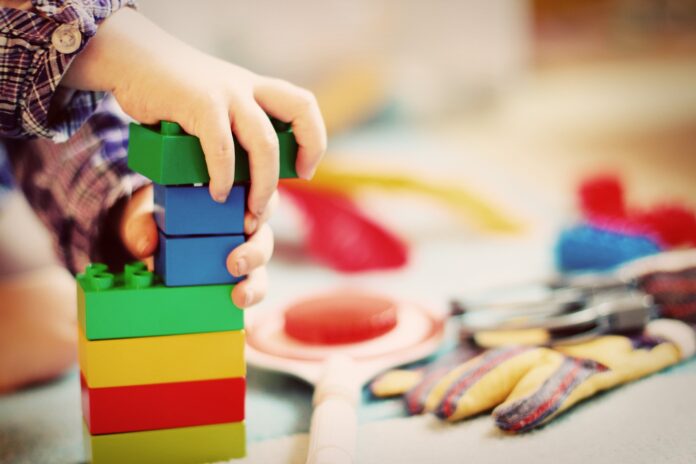SEOUL – In South Korea’s educational landscape, a phenomenon known as “English kindergartens” is reshaping early childhood education. Despite their name, these institutions are not traditional kindergartens but specialized English language academies catering to very young children.
As of 2024, most attendees at these academies are children born between 2018 and 2020, placing them in the 4-6 age range. The popularity of these programs has surged since the mid-2010s, particularly among affluent families in Seoul’s Gangnam district.
Legal Status and Naming Conventions
Legally, these institutions are classified as language academies, not kindergartens. This classification stems from South Korean law, which prohibits non-accredited educational institutions from using the term “kindergarten” or similar names. To address this, many of these academies opt for entirely English names or use English abbreviations with capital letters, such as P (Program), Pre-school, or A (Academy), avoiding the term “kindergarten” altogether.
Curriculum and Teaching Approach
These academies offer an intensive English-immersion experience. Classes are conducted entirely in English, often by native English-speaking teachers from countries like the United States, Canada, Australia, the UK, New Zealand, Ireland, and South Africa. Some institutions even assign English names to their young students to enhance the immersive environment.
The curriculum is notably rigorous. Some academies use textbooks designed for American third-grade students to teach five-year-old Korean children. A typical day involves 5-7 lessons covering various subjects, all taught in English. This includes language skills like phonics, conversation, reading, and listening, as well as mathematics, science, and social studies.
Financial Implications
The cost of this intensive education is substantial. According to 2023 data released by Democratic Party member Kang Deuk-gu, average monthly tuition fees vary significantly across regions:
- Seoul: 1,441,000 won
- Busan: 1,099,000 won
- Daegu: 1,332,000 won
- Incheon: 1,426,000 won
- Sejong: 1,703,000 won
In some cases, particularly in Gangnam, fees can exceed 2 million won per month. This high cost has led to the emergence of terms like “il-yu” (regular kindergarten), “young-yu” (English kindergarten), and “jung-yu” (Chinese kindergarten) in parenting communities, reflecting the stratification of early education options.
Psychological Impact and Concerns
The high-pressure environment of these academies has raised concerns among child psychologists. There are reports of young children experiencing stress-related symptoms and seeking mental health treatment. A saying has even emerged in the medical community: “For every ten English kindergartens that open, one child psychiatry clinic follows.”
Evolving Trends
As global dynamics shift, some academies have begun incorporating other languages, particularly Chinese, into their curriculum. Typically, these programs offer 2-3 Chinese classes per week. Other institutions have evolved into “bilingual kindergartens,” using both Korean and English as mediums of instruction to address concerns about native language development.
Long-term Efficacy and Debate
Despite their popularity, the long-term effectiveness of these programs remains debated. Anecdotal evidence suggests that some graduates of English kindergartens may struggle with English in later academic settings, including underperforming on college entrance exams or requiring remedial English courses in university.
As South Korea continues to position itself in the global economy, the phenomenon of English kindergartens reflects broader societal concerns about competitiveness and future success. While proponents argue these programs provide children with a crucial early advantage, critics worry about the potential negative impacts on overall child development and well-being.
The trend of English kindergartens remains a significant and controversial force in South Korea’s educational landscape, emblematic of the country’s drive for excellence and the lengths parents will go to secure their children’s futures in an increasingly globalized world.





